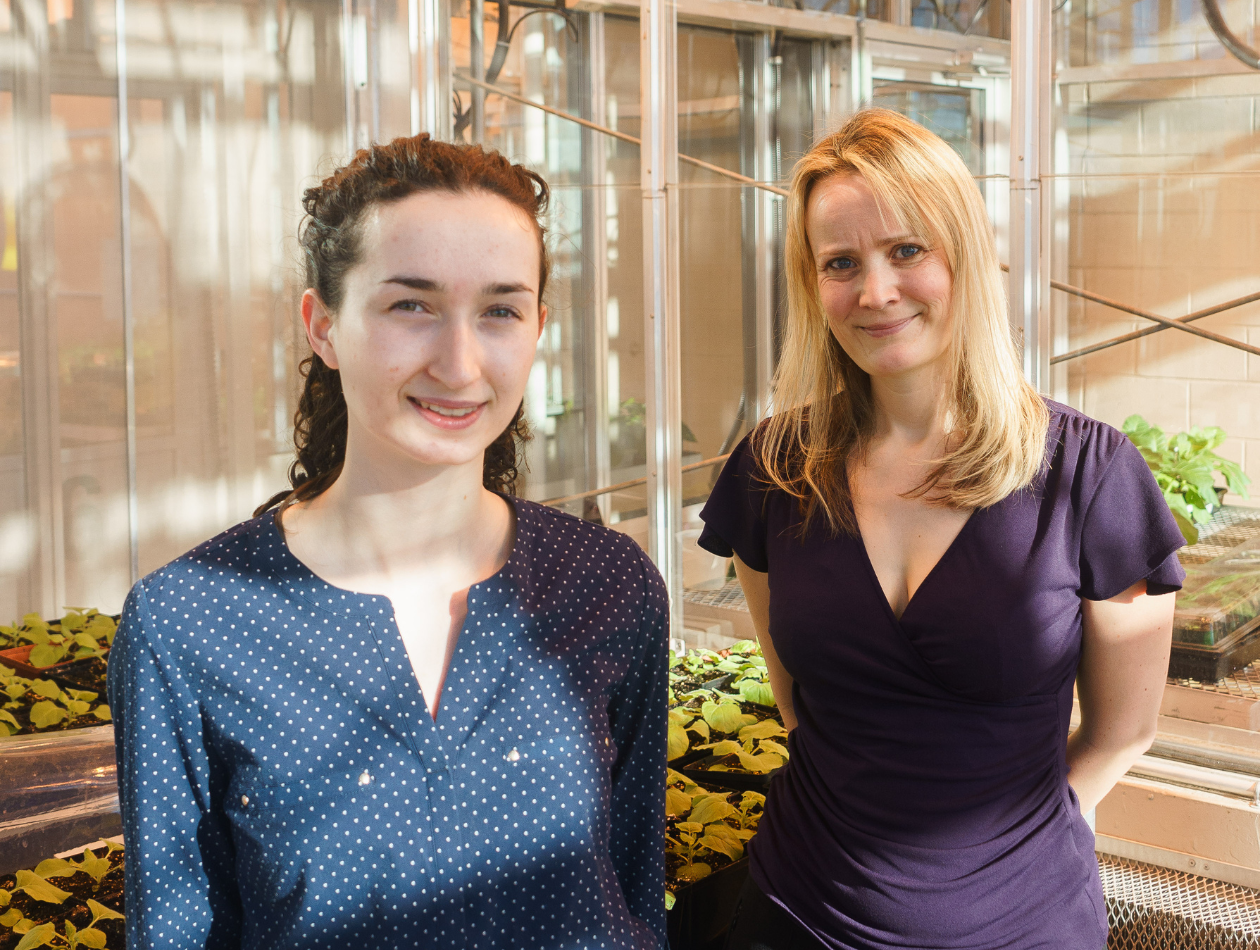Light is a critical part of our world. Many devices, biological or manufactured, capture light for a variety of purposes, for example photography.
Many of these devices tend to be bulky. For example, consider the lengthiness of a telescope or the even the camera bump on your phone. It’s there because the camera lens system cannot be made as thin as phone itself. Physicists from the University of Ottawa, Professors Jeff Lundeen and Robert Boyd, along with Postdoctoral Fellow Orad Reshef, have found a solution to this lengthiness by developing the ‘spaceplate’.
According to Dr. Reshef, the leading author for the group’s recent paper in Nature Communications describing the spaceplate, light naturally spreads out when it travels, and every existing optical device relies on that spread in order to work. The space between lenses in modern imaging devices like cameras and telescopes is necessary for proper functioning. For example, in every telescope there is a large gap between the eyepiece and the objective lens to give light room to spread. The spaceplate creates this spreading but in a potentially thin plate, allowing for less room between lenses in an imaging device (e.g., a camera). It accomplishes this by manipulating light rays according to their direction. This new method of manipulating light is different from past and present optics such as lenses, which manipulate light rays based on the position where they hit a lens.

By combining the spaceplate with a metalens, which is a new nanotechnology for creating flat and thin lenses, the researchers could produce optical imaging devices that are paper-thin. This would eliminate the conventional trade-off between the size and performance of imaging systems and your phone’s camera bump. Dr. Lundeen gives an example of what the combination of metalenses and the spaceplate could produce: “The combined optics would allow us to make the entire back surface of say, a smartphone, into a flat and thin camera. It would have as much as 14 times better resolution and low-light performance than those large and heavy cameras.” He adds, “This research could also provide new avenues for camera shapes useful in health care and robotics”.
The researchers from uOttawa responsible for this key advancement in light manipulation aim to keep iterating the spaceplate and hope to one day improve it for everyday use.


